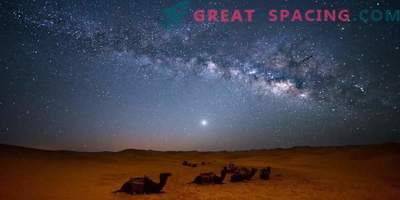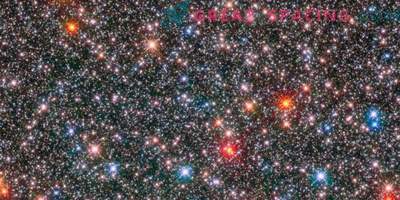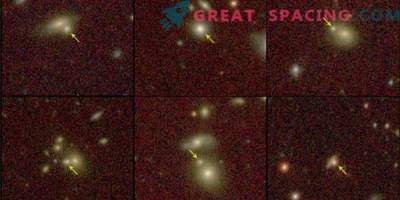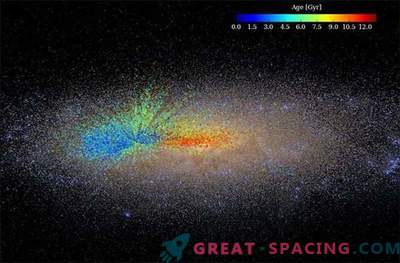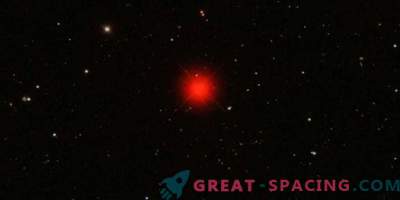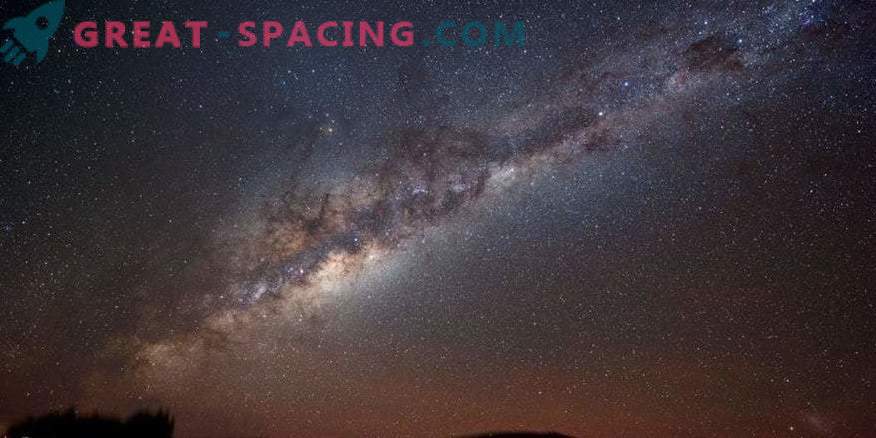
An international team of scientists has found a way to restore the birthplaces of stars in the Milky Way. This is one of the main goals in the field of galactic archeology, which studies the history of the formation of our galaxy.
It is known that stars in galactic disks wander from the original places of birth due to the phenomenon of “radial migration”. This movement through the galaxy greatly complicates conclusions regarding the history of the formation of the Milky Way. Radial migration depends on a number of parameters, such as the size and speed of the galactic bar, the number and shape of the spiral arms, and the frequency of smaller galaxies, merging with ours over the last 10 billion years.
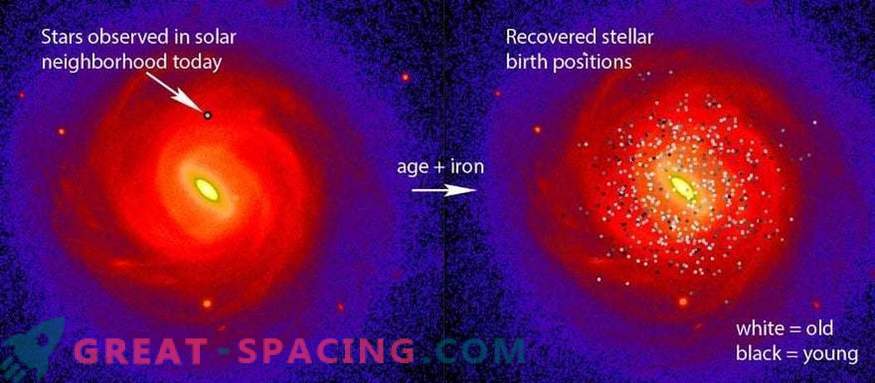
Left: a sample with 600 stars located extremely close to the Sun. Right: the use of accurate values of the stellar age and iron content help to accurately restore the places of star birth. It turned out that the older stars come mainly from the inner parts of the disk (bright spots), and the young (dark) appear closer to the current position from the galactic center
To circumvent these obstacles, the researchers came up with a way to restore the history of galactic migration, using the age and chemical composition of stars as “archaeological artifacts”. They applied the generally accepted fact that star formation in the galactic disk gradually progresses outward, following the fact that the stars born in this location are endowed with a distinct picture of chemical abundance at a certain point in time. So, if age and chemical composition can be measured accurately, then it will be possible to directly derive the original location in the galactic disk without additional modeling. The team used a sample of 600 stars in the solar surroundings observed by the HARPS spectrograph on the 3.6-meter telescope at La Silla Observatory (Chile). Thanks to accurate measurements of abundance and iron, it was possible to establish that these stars appear throughout the galactic disk, and the more ancient ones are more from the central parts.
Scientists can now use this method to calculate their birthplaces, even for stars outside the original sample. For example, knowing the age of the Sun (4.6 billion years) and the iron content can be assumed that it appeared in 2000 light years closer to the galactic center than it is now.
